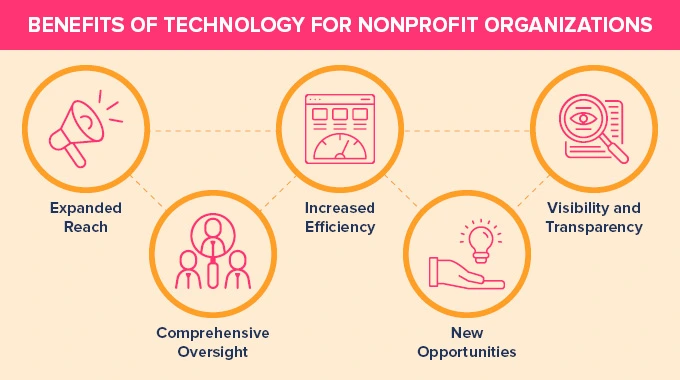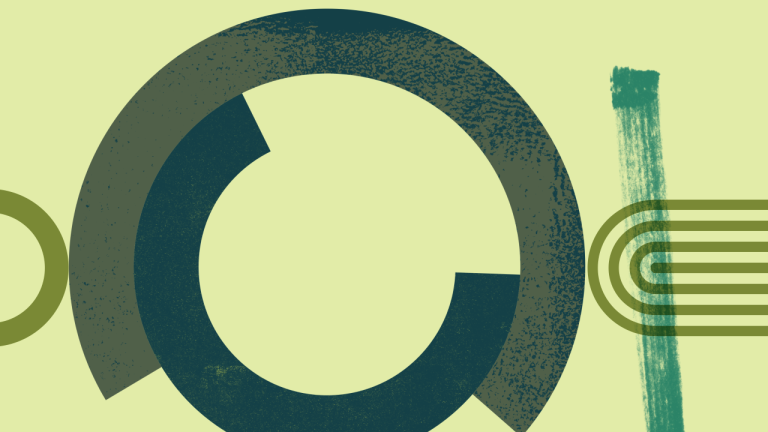Top Automation Challenges and How to Mitigate Them
Automation has become critical to modern business operations, enabling organizations to streamline processes, increase efficiency, and reduce costs. However, implementing automation solutions can come with its fair share of challenges. This comprehensive guide will explore the top automation challenges businesses face today and provide practical strategies to mitigate them. Engage with the Professionals at IT Support Monroe to implement automation in your small business.
Whether you are just beginning your automation journey or looking to optimize existing processes, this article will offer valuable insights to help you overcome common hurdles and maximize the benefits of automation.
Top 7 Automation Challenges and How to Mitigate Them
Lack of Skilled Labor
Streamlining business processes through automation is a common goal for many organizations, but ensuring the project is completed on time and with high-quality outcomes can be a significant challenge. One key factor in achieving success is having a properly trained team to utilize the selected solution to its fullest potential. Before embarking on an automation project, ensuring that your staff is familiar with the solution and equipped with the necessary skills to optimize its capabilities is essential.
Effective project delivery and high-quality output are critical to organizational success. However, a lack of trained resources can impede project timelines and negatively impact the quality of work produced, lowering employee satisfaction. It is crucial to prioritize investing in training and development to ensure a skilled workforce that can meet project demands and maintain high-quality standards, ultimately leading to improved employee satisfaction and organizational success.
Choosing the Right Business Processes
As Robotic Process Automation (RPA) grew popular and gained momentum as the next phase of business process evolution, it was assumed that its return on investment (ROI) would be achieved by reducing headcounts as bots took over tasks previously done manually by humans. However, this assumption has proven to be false, and the reality is that RPA has delivered ROI in unexpected ways beyond just workforce reduction.
By implementing automation, businesses have experienced a significant return on investment. Rather than spending time on repetitive and mechanical tasks, talented employees can now focus their energy and time on key business objectives. This has resulted in improved business processes that are more reliable, quicker, and of higher quality. As a result, businesses are now achieving higher-value deliverables directly tied to their objectives.
Continuous Improvement and Optimization
Continuous improvement and optimization are critical components of successful automation processes. However, several challenges can hinder these efforts. One common challenge is the need for more data visibility and quality. With accurate and timely data, it can be easier to identify improvement areas and measure automation efforts’ effectiveness. Another challenge is resistance to change from employees who may hesitate to adopt new technologies or processes.
To mitigate these challenges, it is essential to establish clear goals and metrics for automation projects and ensure that all stakeholders are aligned on these objectives. Additionally, investing in employee training and education can help them feel more comfortable with new technologies and processes. Regular reviews and audits of automation processes can also help identify improvement areas and ensure that they continue to meet business needs over time.
Managing Large Volumes of Data
Managing large volumes of data can be a significant challenge for businesses implementing automation. With the increased use of technology and the collection of vast amounts of data, it can be challenging to ensure that information is accurate, up-to-date, and easily accessible. To mitigate this challenge, businesses should invest in robust data management systems that can store and retrieve data efficiently. This may involve using cloud-based solutions or implementing advanced data analytics tools to help identify patterns and trends within the data.
Additionally, regular audits should be conducted to ensure the data is accurate and relevant, and any outdated or duplicate information should be removed. By addressing these challenges head-on, businesses can effectively manage large volumes of data and unlock the full potential of automation technology.
Integration and Interoperability
When implementing automation systems, integration, and interoperability are common challenges businesses may face. Integration refers to the ability of different systems or software applications to work together seamlessly, while interoperability refers to the power of other systems to exchange information and communicate effectively. To overcome these challenges, it is essential to have a clear understanding of the various systems and applications within the business and their capabilities and limitations. This can help identify potential conflict or compatibility issues before implementing new automation solutions.
In addition, businesses should prioritize selecting automation tools with open APIs (Application Programming Interfaces) designed with interoperability in mind. This can enable easier integration with other systems and reduce the risk of compatibility issues. Finally, regular testing and evaluation of the automation system can help identify any problems with integration or interoperability early on, allowing for prompt resolution before they escalate into more significant issues.
Getting Decisions-Makers On Board With Automation
One of the top challenges in implementing automation within an organization is getting decision-makers on board with the idea. Many decision-makers may be hesitant to invest time and resources into automation due to concerns about the cost and uncertainty about how it will impact their workforce. To reduce these concerns, it is essential to demonstrate the potential benefits of automation, such as increased efficiency and productivity, reduced errors, and improved customer satisfaction.
Additionally, it can be helpful to involve critical stakeholders in the planning and implementation process, providing training and support to ensure that they clearly understand how automation will benefit their roles within the organization. Addressing these concerns early on and involving decision-makers in the process can increase the chances of a successful automation implementation within your organization.
Finding and Rectifying Manual Errors
Automation can improve efficiency and reduce errors, but it can also present its own set of challenges. One common issue is the need to find and rectify manual errors that may have been carried over into automated processes. This can be a time-consuming task that requires careful attention to detail. To mitigate this challenge, it is essential to thoroughly test the automation process before implementing it and to monitor it closely once it is in place.
Additionally, providing training and resources for employees involved in the automation process can help to prevent errors from occurring in the first place. Regular reviews of the automated processes can also help identify potential issues and ensure they are addressed promptly. By taking these steps, businesses can minimize the risk of manual errors impacting their automated systems and maximize the benefits of automation.
Conclusion
As organizations continue to embrace automation, they must be aware of the potential challenges that may arise. From implementation issues to shortage of skilled labor, there are various obstacles that businesses may face on their automation journey. However, these challenges can be overcome by taking a proactive approach and implementing mitigation strategies. By addressing the concerns of employees, identifying appropriate use cases, and ensuring proper training and support, businesses can successfully navigate their automation journey and reap the many benefits it offers.

Hello! Let me enthusiastically introduce myself as a dedicated blogger fueled by an intense passion for meticulously crafting insightful and well-researched blogs. My mission revolves around providing you, dear readers, with a veritable treasure trove of invaluable information.






